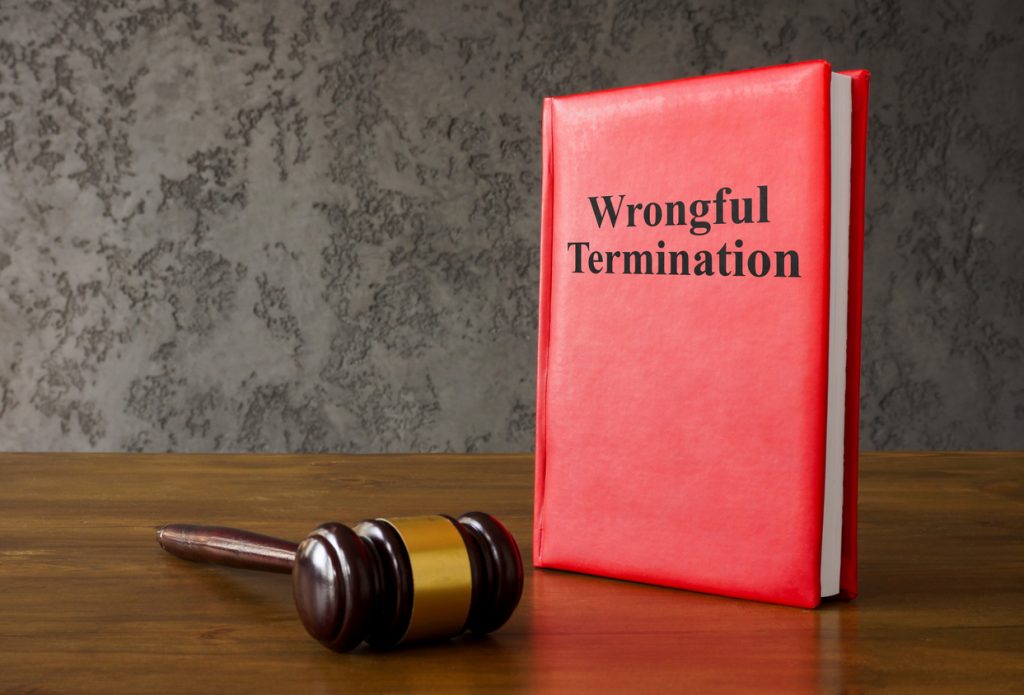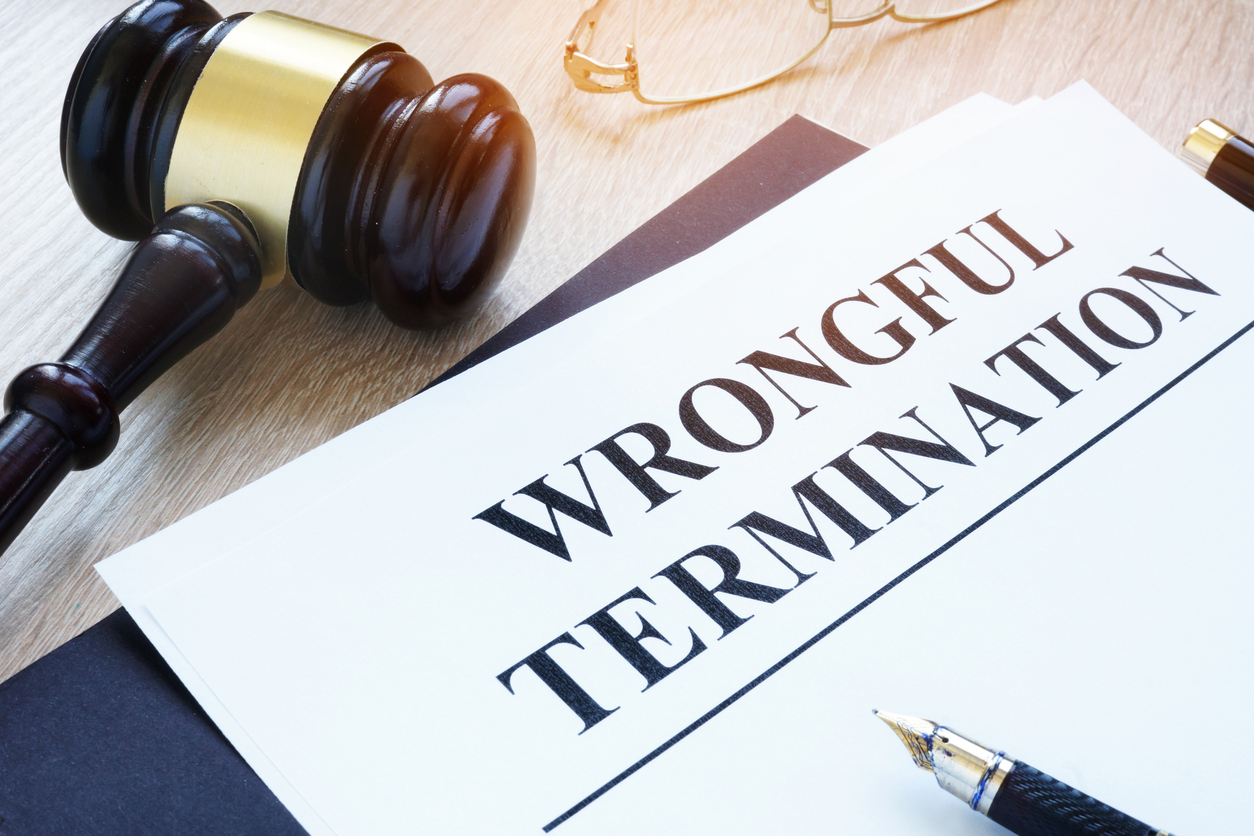Facing the loss of a job is unsettling, but when dismissal happens under unlawful conditions, it becomes more than just unemployment—it becomes a potential legal matter. Proving California wrongful termination is not only about showing you lost your position but also about presenting compelling evidence that the termination violated state or federal laws. The strength of your case depends heavily on how well you gather, preserve, and present the evidence that supports your claim.
This guide explores the steps, strategies, and resources that can help individuals collect the kind of documentation and testimony needed to pursue a California wrongful termination case. From workplace records and internal communications to government resources and legal documentation, every piece of evidence plays a critical role in shaping the outcome.
Understanding the Legal Foundation of California Wrongful Termination
At its core, California wrongful termination arises when an employee is dismissed in violation of state statutes, federal protections, or contractual obligations. California is an at-will employment state, meaning employers generally can end employment without reason. However, exceptions exist when termination occurs for discriminatory, retaliatory, or otherwise unlawful motives.
For example, being fired for reporting workplace safety violations or for refusing to participate in illegal activity could support a legal claim. Similarly, dismissal based on race, gender, disability, or other protected characteristics is strictly prohibited under state and federal law. To succeed, however, claimants must move beyond allegations—they must provide evidence that links the termination to these unlawful reasons.

Employment Contracts and Handbooks as Critical Evidence
One of the first places to start when proving California wrongful termination is with any written employment contract, offer letter, or employee handbook. These documents may outline the terms of employment, disciplinary procedures, and termination policies. If an employer dismisses an employee in a way that violates these terms, the documents themselves become evidence.
For instance, if a handbook promises progressive discipline steps before termination but the employee is fired without such steps, that inconsistency strengthens the argument for wrongful dismissal. Keeping copies of all agreements, revisions, and workplace policies can be invaluable in building a case.
Preserving Workplace Communications
Emails, memos, text messages, and even internal chat logs can serve as direct insight into the employer’s motives. Communications that contain discriminatory remarks, threats, or retaliation references may support a California wrongful termination claim. Even subtle comments that demonstrate bias can be valuable when pieced together with other evidence.
It is essential to preserve these records before leaving the workplace. Employees often lose access to their accounts once termination occurs, making it crucial to secure copies of relevant communications beforehand. Screenshots, forwarded emails, or hard copies can all form part of the evidence package.
Gathering Witness Testimonies
Testimonies from coworkers and colleagues provide another important layer of evidence in California wrongful termination cases. Witnesses can corroborate instances of discriminatory treatment, verify retaliatory actions, or highlight deviations from workplace policy. Statements from colleagues may reveal patterns of behavior by supervisors or demonstrate that the employee was treated differently from others in similar circumstances.
While direct testimony is valuable, even casual remarks overheard by others in the workplace can later contribute to the broader evidentiary picture. Documenting who witnessed key events and approaching them respectfully for statements can strengthen a claim significantly.
Performance Reviews and Work Records
Contrary to what some may believe, termination often follows a paper trail. Performance reviews, commendations, and disciplinary records all reveal how an employee was evaluated throughout their time with the employer. If past reviews consistently praised an employee’s performance but dismissal was suddenly justified by “poor performance,” this contradiction can help prove California wrongful termination.
Employees should secure copies of their personnel files whenever possible. Under California law, employees have the right to request access to certain employment records. Ensuring those files are preserved may provide a crucial comparison between the employer’s documented evaluations and their reasons for termination.
Filing Complaints and Using Official Records
Filing a complaint with the California Civil Rights Department (CRD) or the Equal Employment Opportunity Commission (EEOC) creates official records of discriminatory or retaliatory practices. These documents serve as government-verified evidence that supports a California wrongful termination claim.
Such records are particularly powerful because they demonstrate that the employee took formal steps to report unlawful conduct, undermining any argument by the employer that the dismissal was unrelated to these issues. Accessing state-level resources, such as the California Department of Industrial Relations, can also provide guidance and strengthen the case.

Documenting Retaliatory Actions
Many California wrongful termination cases revolve around retaliation. If an employee reported unsafe conditions, wage violations, or harassment, and termination followed shortly thereafter, that timeline itself becomes compelling evidence. The closer the proximity between a protected activity and termination, the stronger the inference of retaliation.
Employees should carefully document the date they engaged in protected activities and the date of termination. Keeping written records, copies of complaints, and any correspondence related to the complaint is essential in establishing a causal connection.
Using Financial and Benefit Records
Termination does not just remove employment; it also affects income and benefits. Pay stubs, timesheets, and benefit enrollment records help quantify damages caused by California wrongful termination. Demonstrating lost wages, denied benefits, or withheld commissions adds weight to a claim, showing both wrongful conduct and the resulting financial harm.
These records also serve to challenge employer arguments about compensation. For instance, if commissions were withheld after termination in violation of California wage laws, those documents provide tangible proof of unlawful conduct.
Leveraging Timelines and Chronologies
A clear timeline often provides the most persuasive structure for a California wrongful termination case. Constructing a chronology of events—including hiring, promotions, complaints, retaliatory actions, and termination—allows legal professionals to identify patterns of misconduct.
For example, an employee who reports harassment and is terminated within weeks of filing a complaint demonstrates a clear sequence that can persuade courts or administrative agencies. Maintaining personal notes and logs of events as they occur adds further credibility to a timeline-based approach.
Digital Evidence and Social Media
In today’s digital environment, evidence extends beyond the workplace. Social media posts, both by employees and employers, can support claims of California wrongful termination. If a supervisor publicly posts derogatory statements or references termination motives online, such content may be admissible evidence.
Additionally, time-stamped digital evidence can verify events and timelines, reinforcing claims with objective proof. Care must be taken to preserve these records accurately, ensuring they remain admissible and verifiable.
The Role of Legal Analysis and Internal Investigations
Employers often conduct internal investigations before termination. Access to these reports, when available, can reveal inconsistencies between stated reasons for dismissal and documented findings. Employees may also reference prior complaints they filed internally that were ignored, establishing negligence or complicity on the part of the employer.
Understanding when an employer’s stated reasons fail to align with documented evidence is key in a California wrongful termination claim. Internal records, even when incomplete, provide a valuable starting point for further investigation.

When to Connect Evidence with Legal Action
Gathering evidence is not an end in itself; it is preparation for legal action. Employees must eventually connect their evidence to the recognized categories of wrongful termination under California law. Whether it involves discrimination, retaliation, breach of contract, or violation of public policy, the evidence must align with the legal framework.
Understanding these categories ensures that the case rests on solid legal footing. For those considering legal recourse, reviewing detailed resources such as California wrongful termination guidelines provides deeper insight into when a claim is justified.
Conclusion
Building a California wrongful termination case requires more than alleging unfair treatment—it requires assembling a comprehensive body of evidence. From contracts and handbooks to government filings and digital records, every piece of documentation contributes to proving unlawful dismissal. By preserving communications, collecting witness statements, and establishing clear timelines, employees place themselves in a stronger position to demonstrate the truth of their claims.
Ultimately, evidence is the foundation of accountability. Without it, even unlawful dismissals may go unrecognized. With it, individuals can transform their experiences into compelling cases that stand up to legal scrutiny and highlight the importance of fair employment practices in California.
